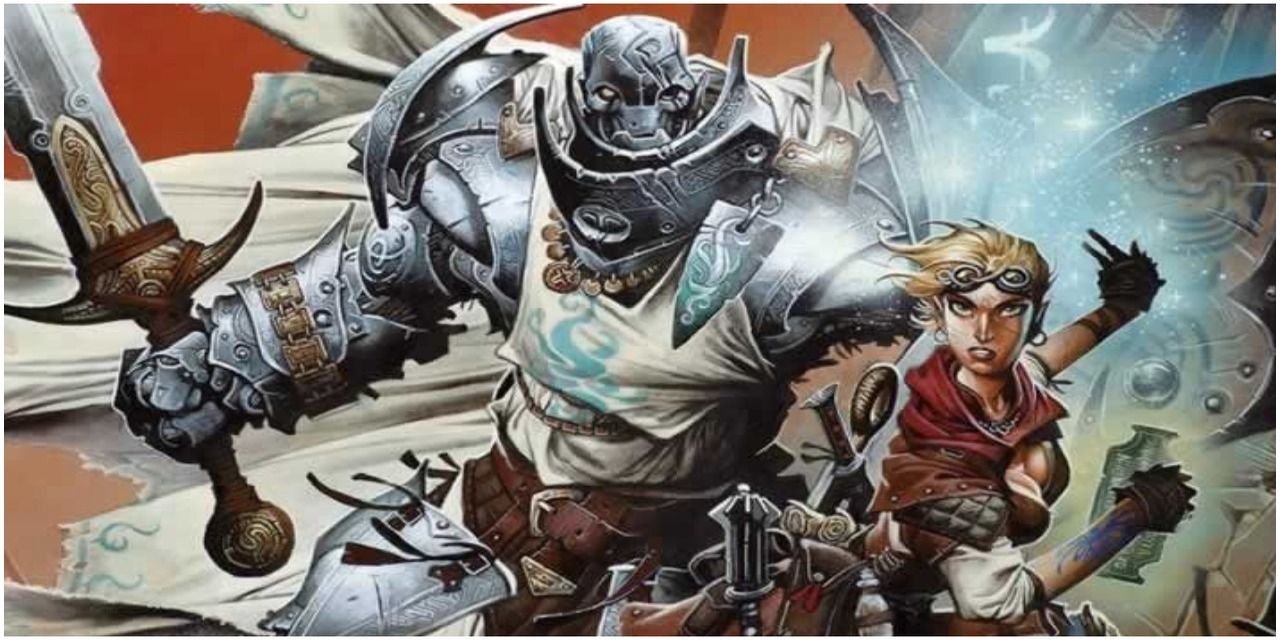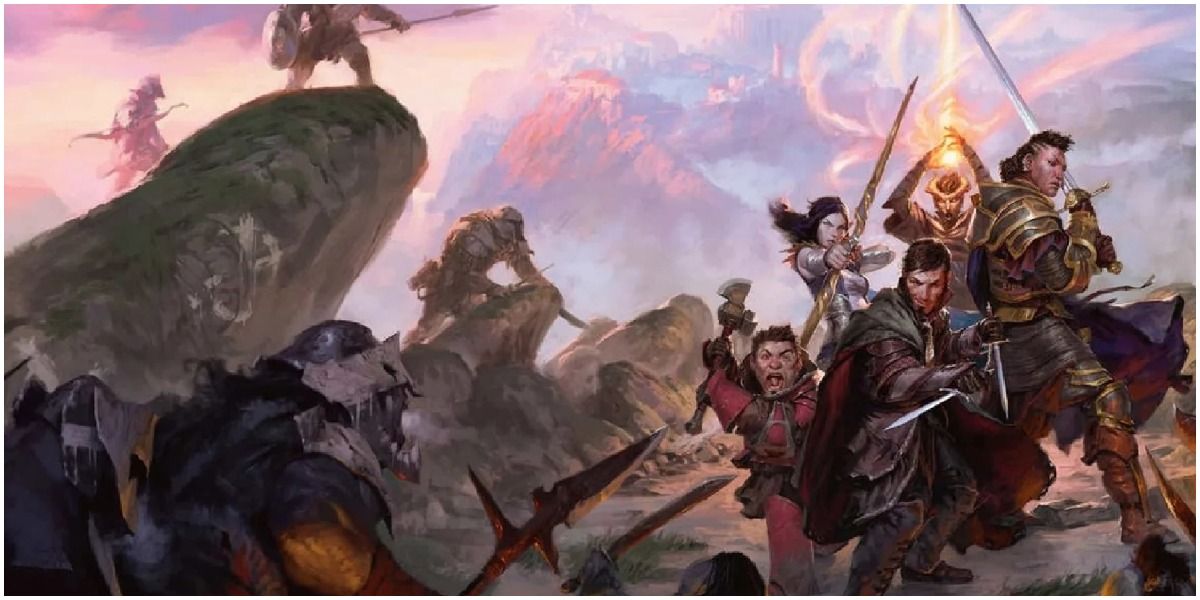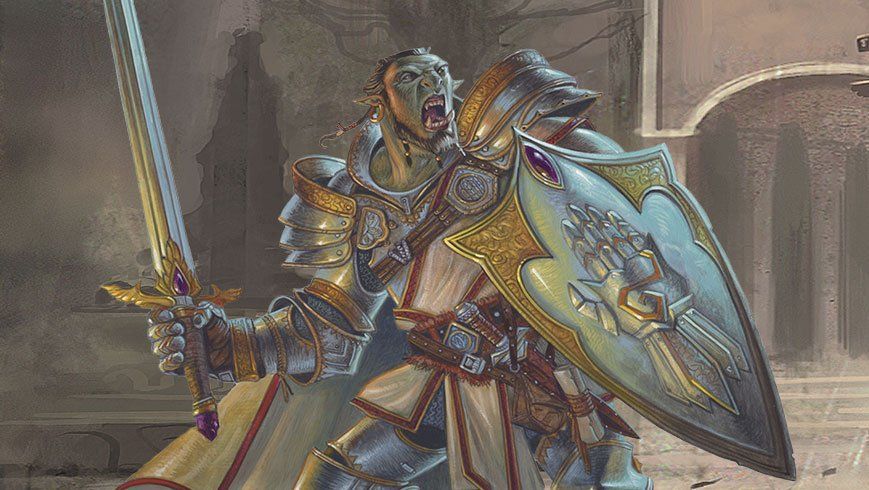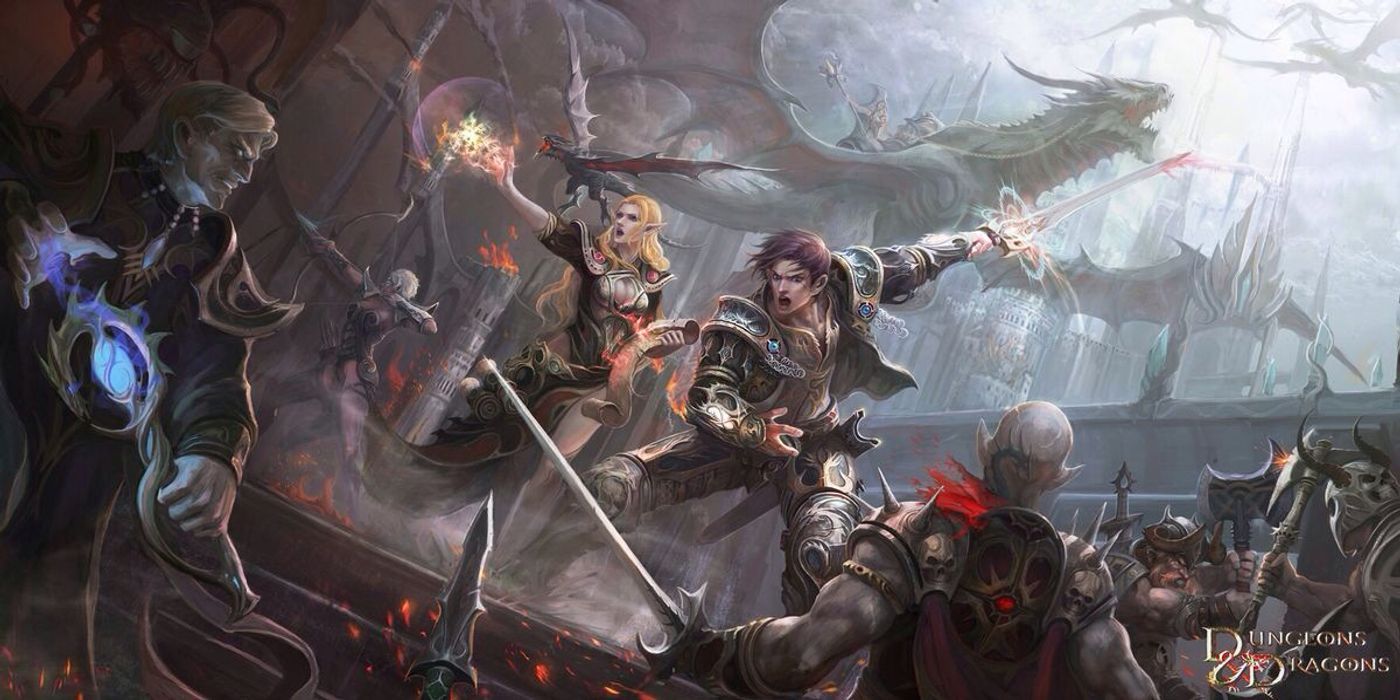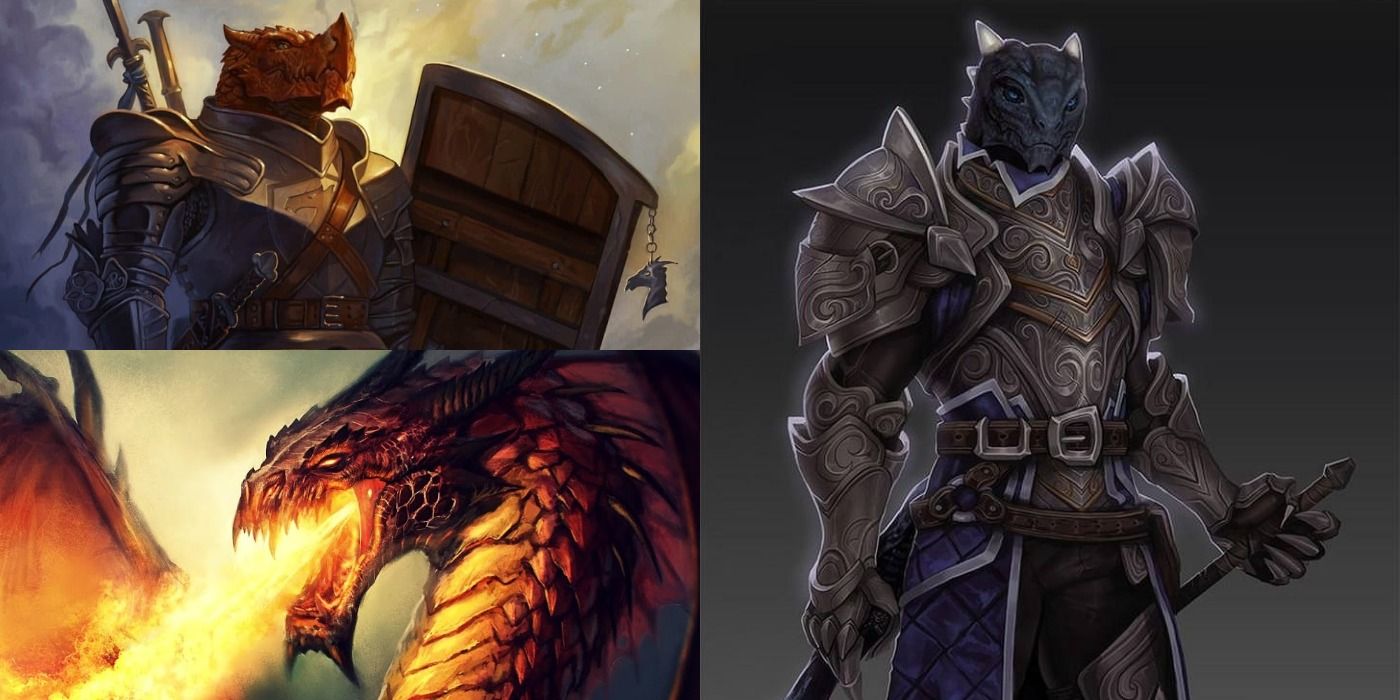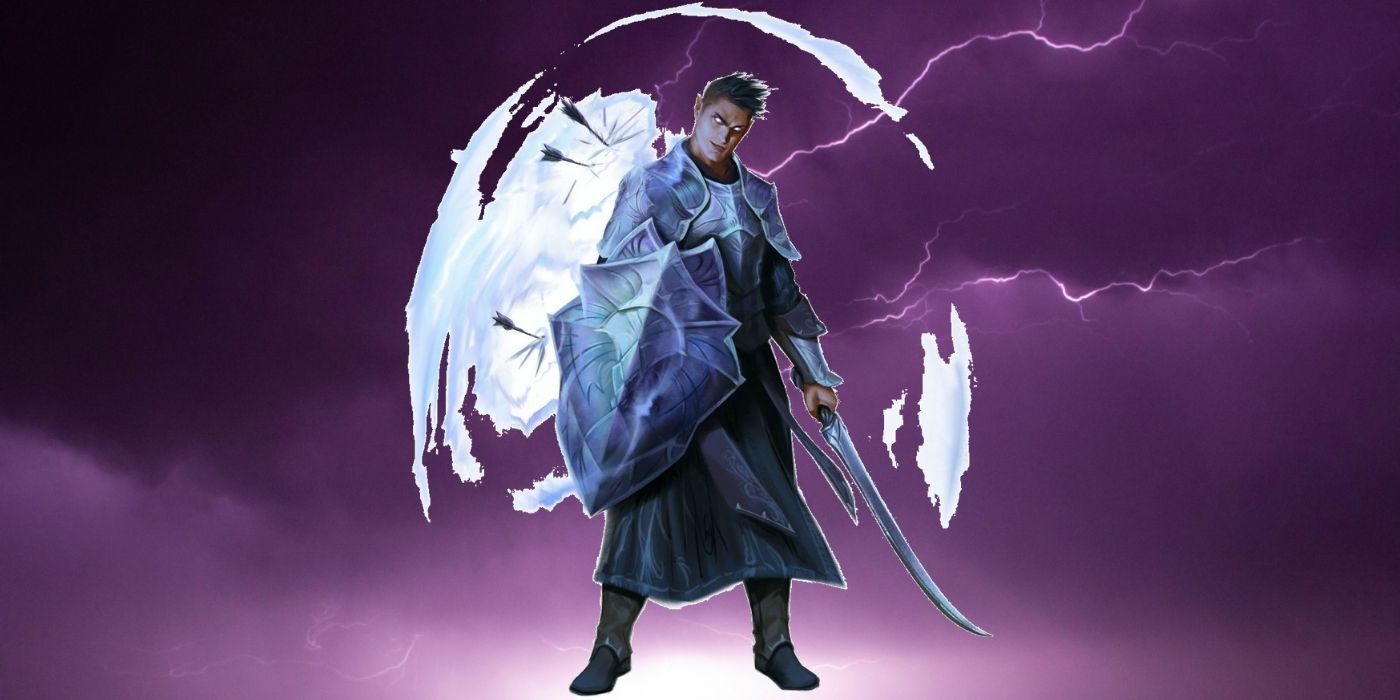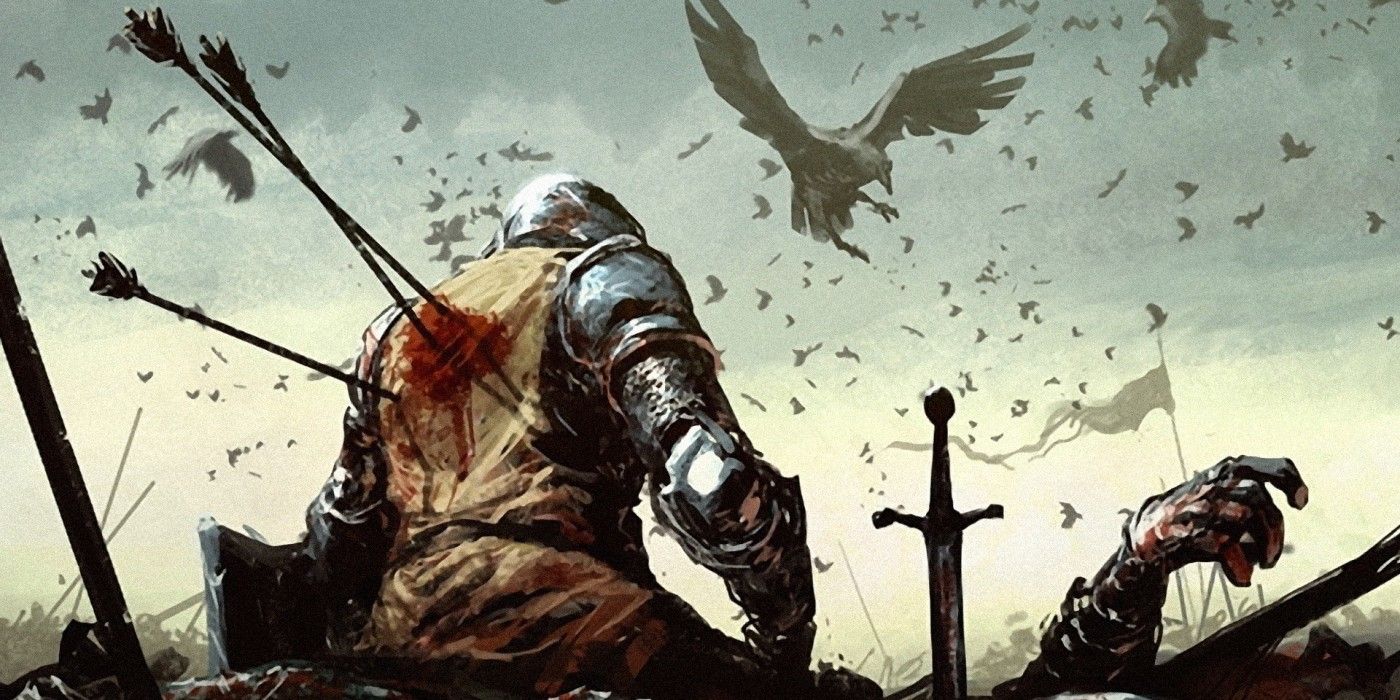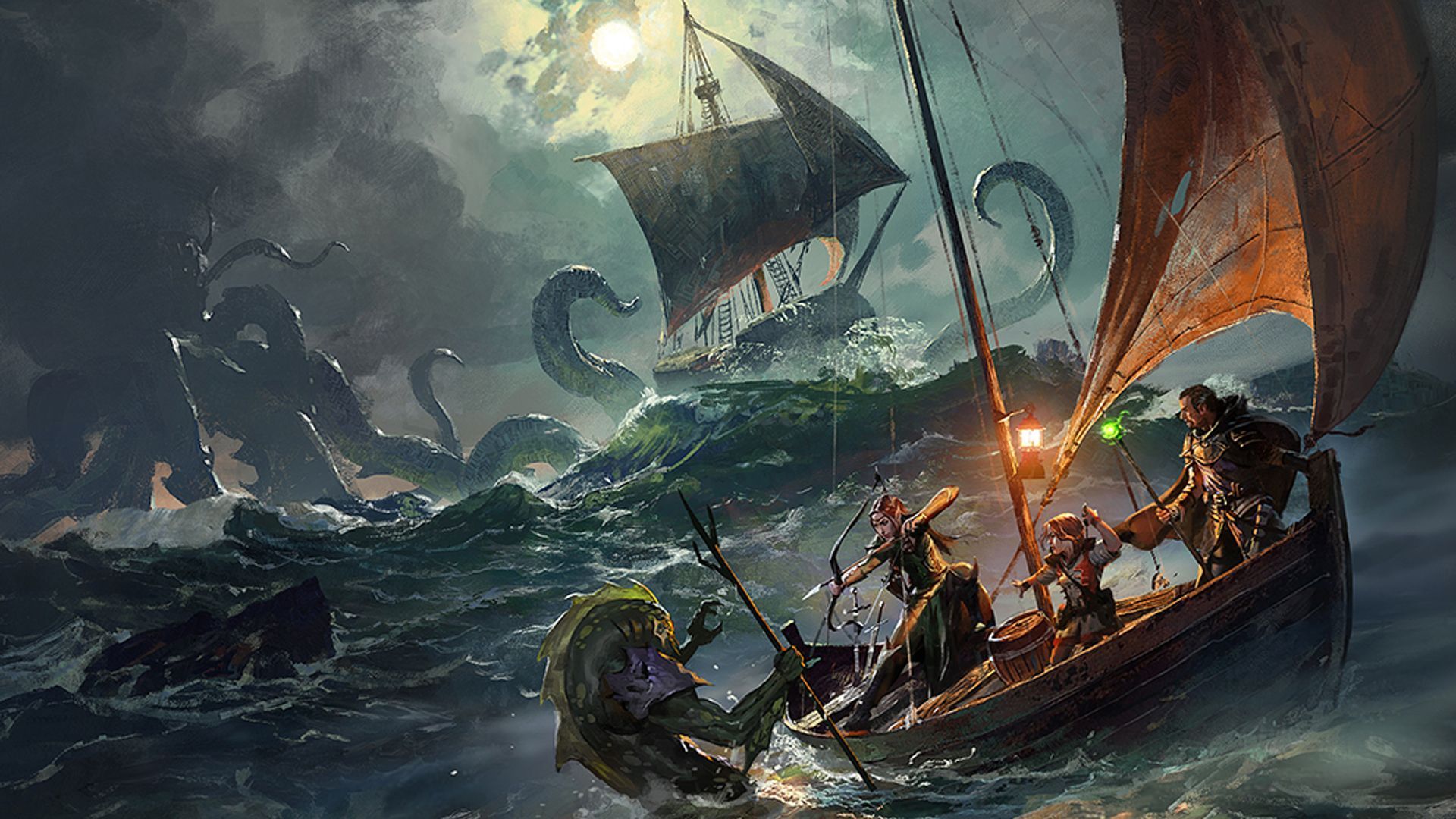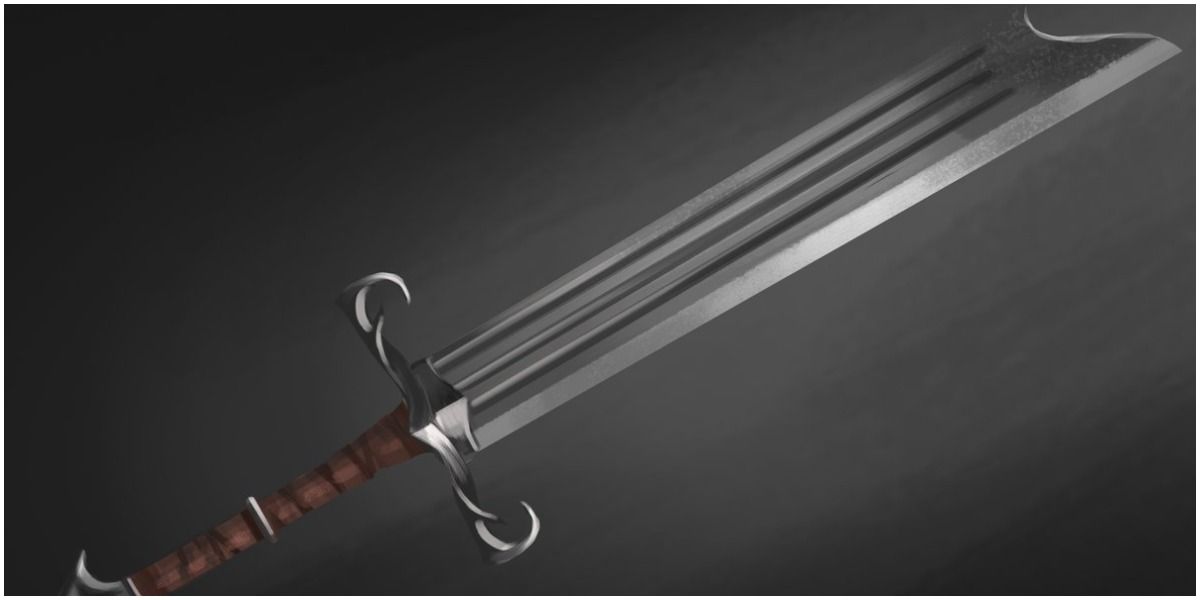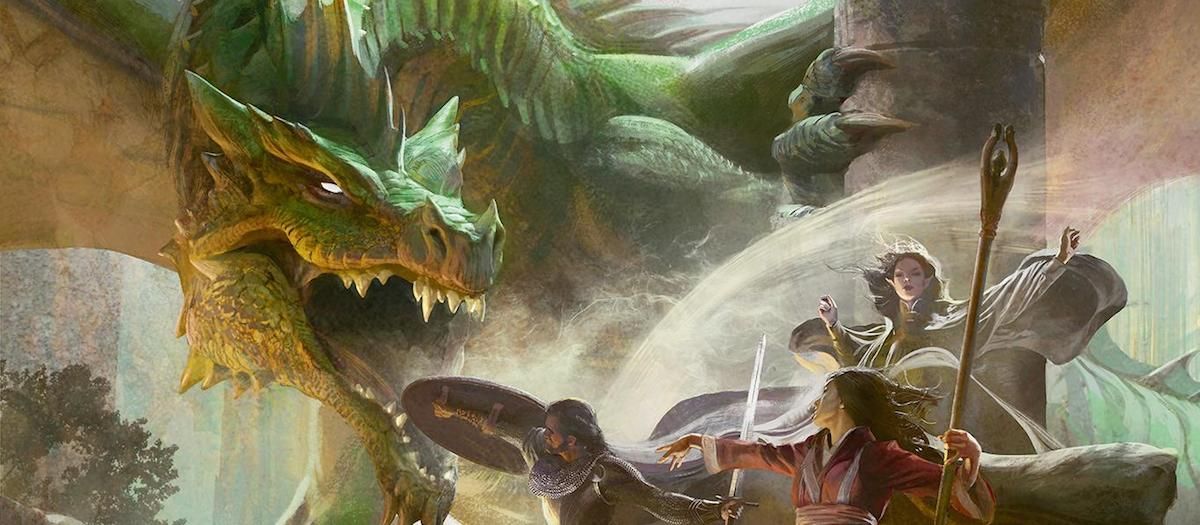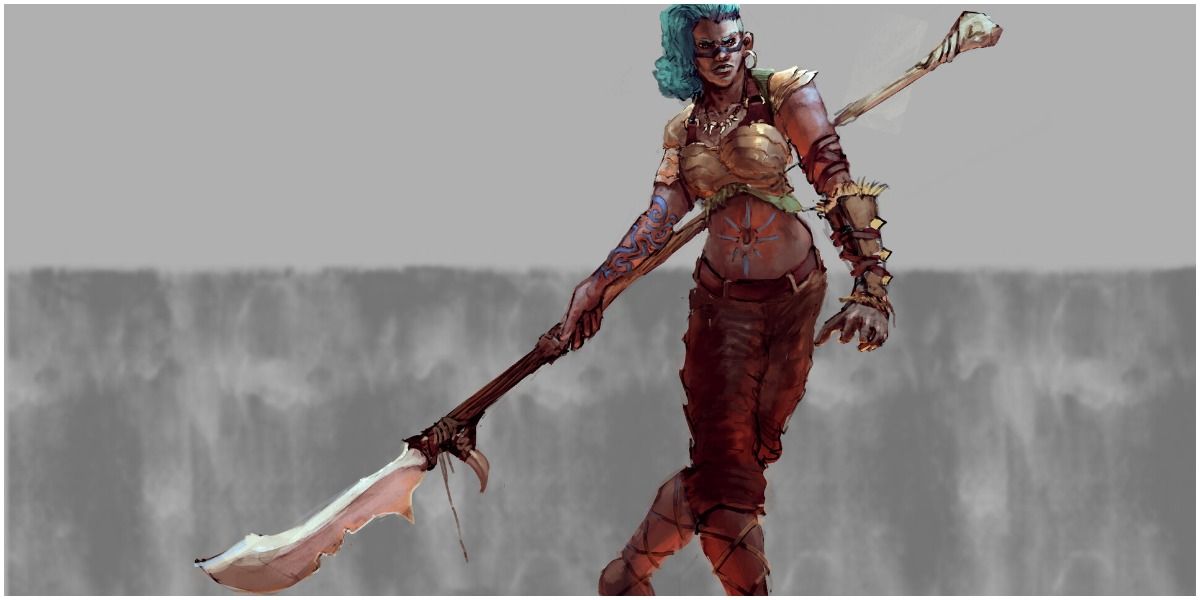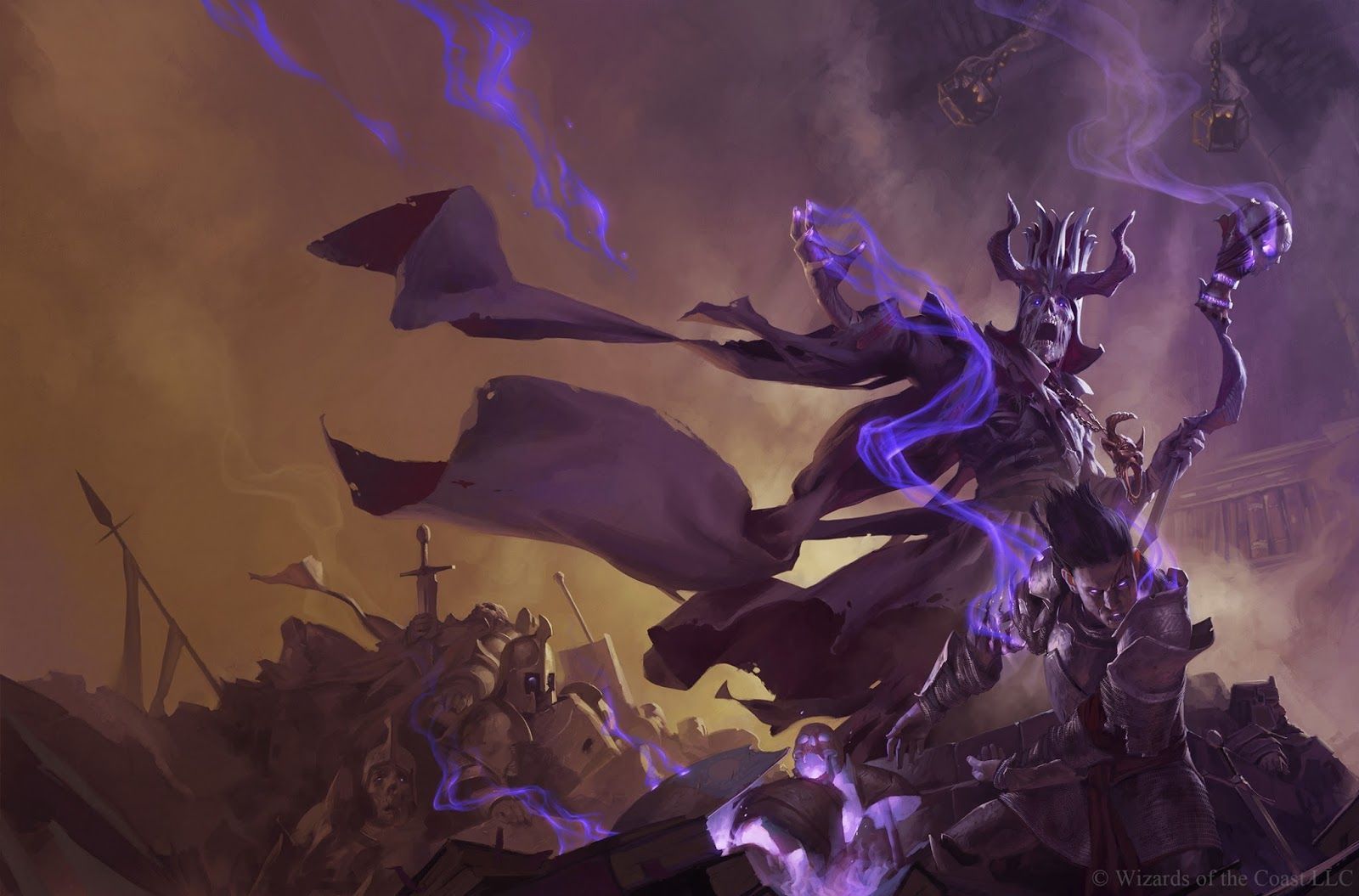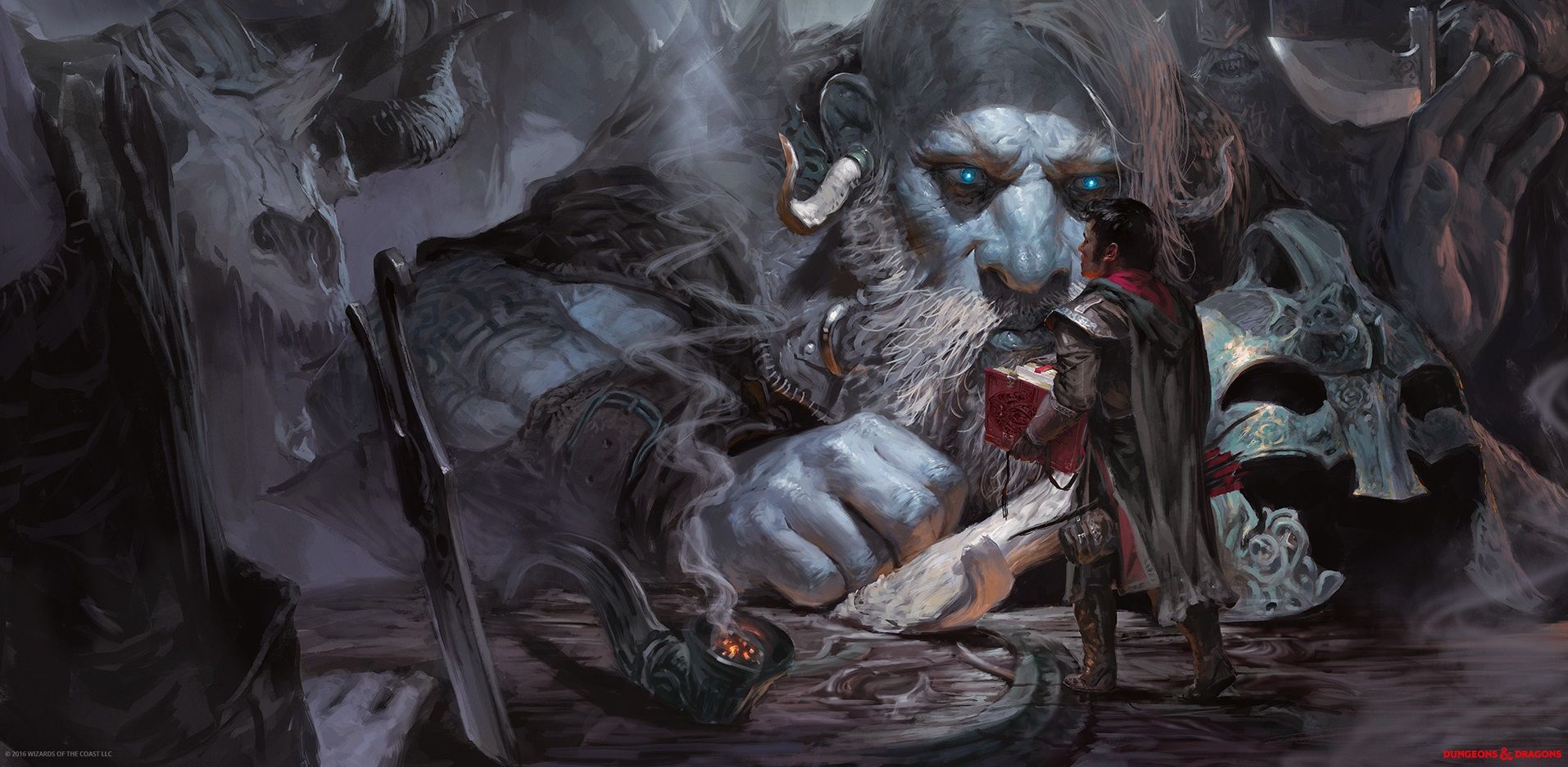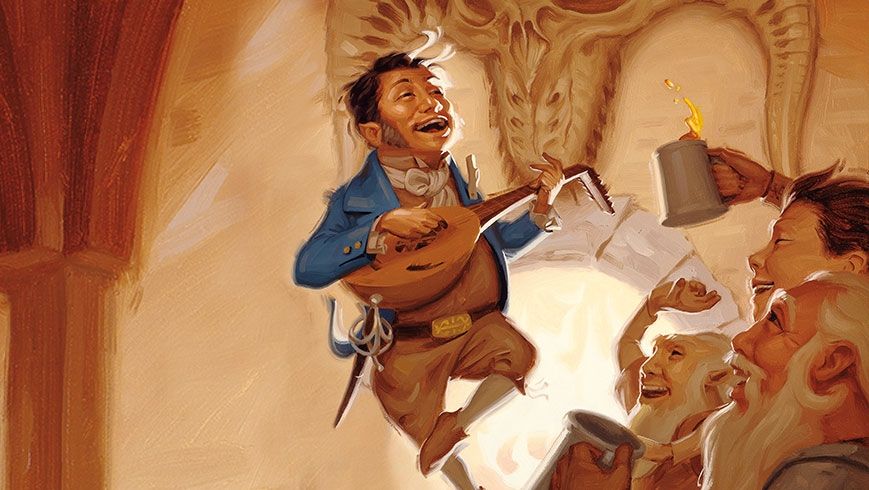There are plenty of strong classes in Dungeons & Dragons. It all depends on how you build them, your stats, and which feats and spells you take. Any of the hundreds of choices for different characters can be an essential asset to a party. But, if there’s one question that such a vast array of combinations asks it’s, “What’s the strongest possible one?”
RELATED: Dungeons & Dragons: All 6 Official Barbarian Subclasses, Ranked
In 5th Edition D&D, Paladins are considered one of the strongest classes available. With many opportunities to do a lot of damage and simultaneously soak it up like a sponge, there are a lot of ways to make your Paladin the bane of the table. Take this handy list to heart the next time you want your Paladin to be overpowered.
Updated by Kristy Ambrose on February 23rd, 2021: The Paladin class continues to be a popular choice for players across a variety of experience levels with a variety of tabletop RPG games, with D&D being the prominent example. With new resource materials and homebrew options also a part of the spectrum, there's even more you can do to make your Paladin a force to be reckoned with as part of a party or a solo adventure.
14 Stat: Strength
Strength is the Paladin's most important stat, but that gets lost in the debate regarding the importance of Charisma. Charisma is the stat that governs your spellcasting ability, but depending on your exact build and party composition, that's not always a necessity.
Strength, on the other hand, is the most important stat for this class regardless of your specific intentions regarding character progression. Your ability to take and deal damage and your armor and weapon proficiencies all depends on your Strength stat.
13 Skill: Athletics
Part of a successful character build in D&D is knowing how to use Feats, Skills, and other proficiencies to build on after you roll your character. The Athletics skill is tied directly to the Strength skill, which you have a high stat score in to begin with, which makes it a real advantage for the class overall.
The Athletics skill is equally helpful during solo play and when you're with an adventuring party. Besides helping with activities like climbing and swimming, your character gets bonuses when they jump, lunge, or take other risky maneuvers.
12 Sacred Oath: Oath of Conquest
Just as you’re going to be scaring your Dungeon Master half to death with this build, the Oath of Conquest Paladin asks you to strike fear into the hearts of your enemies before and as you kill them. To quote Xanathar’s Guide to Everything, “It isn’t enough for these paladins to establish order. They must crush the forces of chaos.”
As if your tenants to be the most terrifying Paladin in history weren’t enough. “Douse the Flame of Hope” is a little on the nose, for example, and your Channel Divinity can be used in one of two ways. Guided Strike, which lets you add +10 to any attack roll, or Conquering Presence, which makes each creature of your choice within 30 feet become afraid of you on a failed Wisdom saving throw. At 15th level, Scornful Rebuke damages anyone foolish enough to hit you with psychic damage.
11 Sacred Oath: Oath of Vengeance
A worthy alternative to the Oath of Conquest subclass is the Oath of Vengeance. Not only have you taken a vow to crush your enemies, you sometimes have to skirt the law and do questionable things, making this one of the few Paladins that can have a Neutral moral alignment. It has some nice movement bonuses along with a few savage spellcasting options, one example being the use of Channel Divinity on a single target to utilize a number of atack bonuses against that same target.
10 Race: Dragonborn
With a Dragonborn’s Ability Score Increase of Strength +2 and Charisma +1, it’s the obvious choice for any Paladin, but especially this one. With such a quick jump up in your main two stats, you’ll have a 20 in no time, and be able to start working up to the Feats that make you virtually unstoppable.
The Breath Weapon is a nice touch, too, for a little extra damage kick. It doesn’t matter which color you pick, but a black, acid-spitting, Dragonborn Paladin would be pretty awesome.
9 Race: Variant Human
A Variant Human is, as the name suggests, a human character but with a different set of proficiencies. It's really up to the DM as to whether you can play one or not, as they don't fit into every adventure or module. This race gets a +1 to 2 to the ability scores of your choice, one extra skill proficiency, plus one Feat. That's a nice starter build for any class, and the build for an OP Paladin is fairly straightforward from there.
8 Background: Solider
The Solider background gives you useful skills of Athletics and Intimidation as well as letting you drive land vehicles. You also get proficiency in one type of gaming set to help kill time between conquering your enemies. What’s more, your Feature of Military Rank means that people from the army you served in will still recognize you, and do what you say as long as you’re a higher rank than they are.
If you’re more of a role-playing type, imagine the background for your Paladin. What caused them to join the army? Was it their god? Did they discover their god in war?
7 Background: Sailor
The Sailor background gives you another couple of essential skills, Athletics and Perception, this time, proficiency in Navigator’s Tools and water vehicles. The default Feature for this background is Ship’s Passage, which allows you to get free passage on a sailing ship for yourself and your party, as long as you promise to pull your weight on board.
RELATED: Dungeons & Dragons: All 5 Official Rogue Subclasses, Ranked
The Variant Feature if you choose the Pirate is interesting for both role-play purposes and emphasizing the intimidation factor of your Paladin. For example, Bad Reputation means you can get away with minor criminal offenses because people are so scared of you that they won’t report your crimes.
6 Fighting Style: Great Weapon Fighting
Paladins get to choose a Fighting Style, and, for this particular Paladin, the best choice is Great Weapon Fighting. When you roll a one or a two on a damage die when you attack with a two-handed weapon, you get to reroll the die. You have to use the new roll, even if it’s another one or two, but it’s better than nothing. Who doesn’t like a second chance to do more damage? And with as beefy a Paladin as this one is turning out to be, more damage is always better.
5 Feat: Dragon Fear
That Dragonborn race will come in handy right about now because you have to be a Dragonborn to take this Feat. Your Strength, Constitution, or Charisma increases by one, and instead of using your Breath Weapon, you can choose to roar with terrifying ferocity.
RELATED: Dungeons & Dragons: 10 Items That Seem Weak But Can Destroy A Party
Keeping with the “fear” theme, every enemy that can hear and see you roar and fails the Wisdom saving throw becomes afraid of you for one minute. You won’t have to use a spell slot or Channel Divinity to make people afraid of you.
4 Feat: Polearm Master
Is your Paladin using a glaive, halberd, or quarterstaff? If so, get this Feat. When you take an attack with any of the aforementioned weapons, you can use your bonus action to make another attack with the other end of the weapon. Additionally, anyone that comes within your reach now provokes an attack of opportunity. This is a massive advantage for you, and it becomes an even bigger one when paired with the Sentinel Feat.
3 Feat: Sentinel
Sentinel and Polearm Master are a match made on the Upper Planes. With Polearm Master, you gain an increased opportunity attack range. With Sentinel, any creature you hit with an opportunity attack has its speed drop to 0 for the rest of its turn. Plus, creatures within your reach provoke opportunity attacks, even if they’ve taken the Disengage action.
RELATED: Dungeons & Dragons: All 5 Official Druid Subclasses, Ranked Worst To Best
If you’re a friendly Paladin, you can use this pair of Feats to help out your friends, too. Sentinel gives you the ability to make a melee weapon attack against a creature within your reach, even if it's attacking someone other than you.
2 Multi-Classing: Warlock
You’re not obligated to multi-class with a Paladin, but if you’re interested in getting even more insane, one of your best options is to take a few levels in Warlock. You can get disgusting with your Divine Smite now that your spell slots can recharge on a short rest, and you have some decent ranged attack power with Eldritch Blast.
Plus, think of the role-playing choices. Did your god become your patron? Was your god always your patron? Have you pledged yourself to two different beings entirely, or abandoned your god for something more powerful? Something that strikes even more fear than a deity?
1 Multi-Classing: Bard
If you want even more spells, then a Bard is the way to go. If you enter the College of Lore, you can get a lot of additional spells, but make sure you don’t start this multi-class until you’re sure you have everything you want out of the Paladin build. While Bards are cool, you do miss out on a lot of cool stuff if you are multi-class before you’re ready.
There are some cool role-play potentials for this build, too. Why, what would a Paladin be doing playing music? Does your deity demand battle songs? Do you write your own songs for fun? Maybe you don’t play music, but instead, chronicle your quest for your chosen god. The possibilities are endless.


